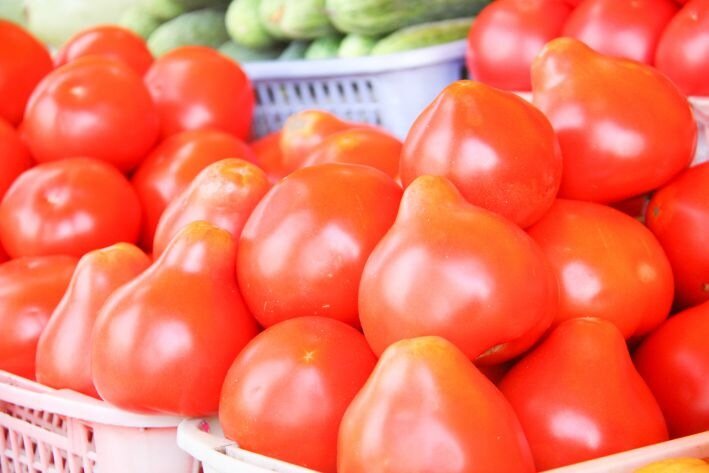How to Make the Best Tomato Fertilizer That Produces Bigger Fruit and Repel Slugs
Every gardener dreams of a rich harvest of large and juicy fruits. How to achieve this? The answer lies in proper fertilization and protection from pests, in particular, slugs.
Basic composition of fertilizer
First, it is important to understand what tomatoes require in terms of nutrition. Tomatoes prefer fertilizers with a high content of phosphorus and potassium, which promote root development and fruit formation.
Nitrogen is also important in the early stages of growth, but too much can result in foliage growth at the expense of fruit.
Compost and humus
Let's start with the basics: compost and humus improve the structure of the soil and help retain moisture.
Wood ash
Wood ash is an excellent source of potassium and trace elements. In addition to its nutritional properties, ash serves as a natural slug repellent due to its dryness and alkaline environment.

Eggshell
Crushed eggshells not only add calcium to the soil, preventing diseases like blossom-end rot on tomatoes, but their sharp edges can also repel slugs.
Coffee grounds
Coffee grounds are an excellent fertilizer, enriching the soil with nitrogen. In addition, caffeine can repel slugs and other pests.
Copper wire mesh
Although not a fertilizer, copper wire placed around tomato beds can repel slugs, as the copper reacts with their mucus and makes them feel uncomfortable.
Infusion of herbs and pepper
A solution of garlic, nettle and hot pepper can serve not only as a fertilizer, but also repel slugs and insect pests.
So, how to make a universal fertilizer
Mix compost with wood ash and add crushed eggshells. Use this mixture when planting tomatoes and as a top dressing during the growing season.
Additionally, use coffee grounds around the base of the plants, and place copper wire or a strip of crushed shells around the beds. Don't forget to regularly spray the plants with an infusion of herbs and pepper to repel pests.
Previously, we talked about how to use whey when growing cucumbers.
